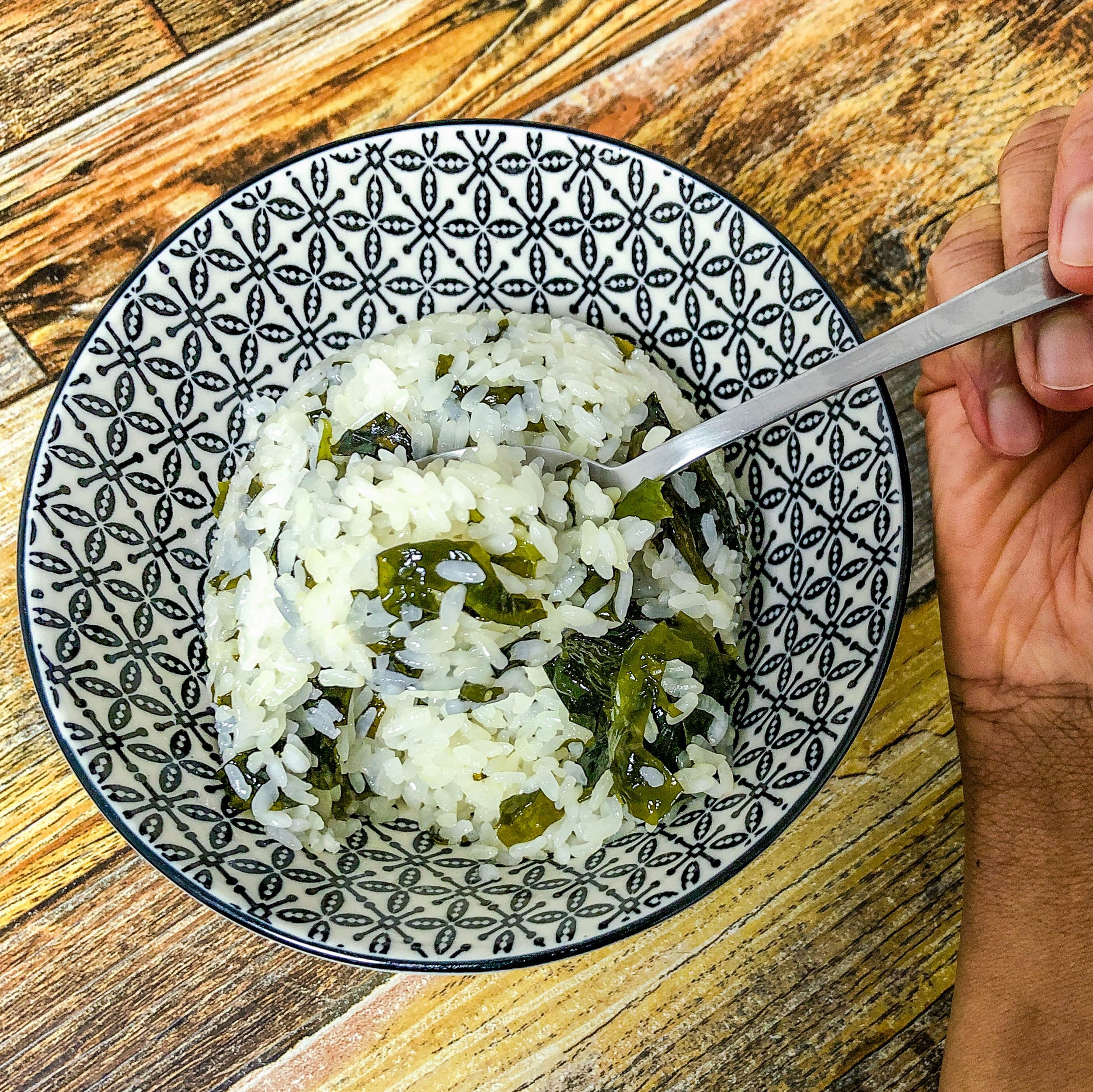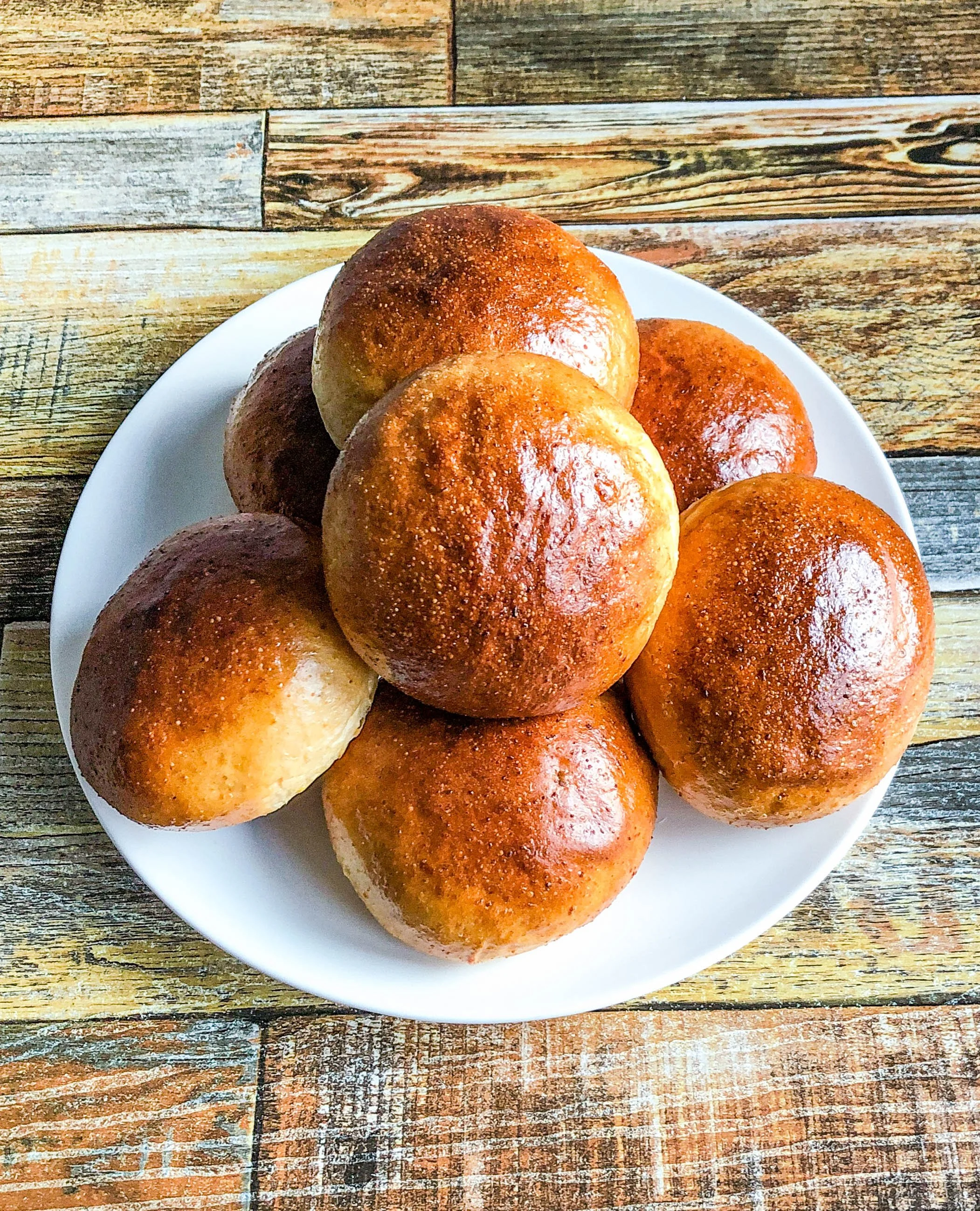Miyeok Rice
Miyeok cooked with rice adds an unexpected richness that compliments everything from soups and stews to braised meat.
Miyeok Rice
Serves 6 - 8
Miyeok is a Korean cuisine staple. It is most often found in miyeok guk also known as birthday soup. We first had what I am calling miyeok rice in a packed Korean meal called a toshirak as the rice element of the meal. This was the first time I’d seen miyeok used in a dish that was not soup-based. The moment we ate it, we were hooked. It was incredibly simple, rice and miyeok, no salt as is common. When eaten with the accompanying banchan, the rice really shone as the flavors all melded and complimented each other beautifully each bringing its own special contrast. Ultimately, cooking miyeok with rice adds an unexpected richness that matches well with all kinds of banchan.
Give this recipe a try with your next Korean meal but do not add salt to the rice as the rice. The banchan or other dishes served with rice are highly seasoned. Adding salt while cooking could cause your meal to be over-seasoned and less enjoyable.
“Recipe Tips:
1. I use a rice cooker because it is easier in my small kitchen however if you are going to cook the rice on the stovetop, refer to the package directions for the amount of water and cooking time to use for your rice.
*2. You can use any Korean rice you desire, white, brown, mixed, however, you will need to adjust the water and cooking time accordingly.”
Ingredients
13g (1/3 c) miyeok, crushed into small pieces
*850g (3.75 c) glutinous rice, washed
1,050 ml (5.25 c) water
5g (2 in piece) dashima
Recipe Know-how
1. Place the miyeok into a medium-sized bowl and cover with cold water.
Soak for 30 minutes.
Using scissors, cut the miyeok into bite-sized pieces while still in the water.
Drain, squeezing out excess water and set aside.
2. Into the bowl of a rice cooker place the rice and water.
Add the miyeok and mix gently to incorporate and distribute.
Place the dashima on top and press down to cover with water but do not sink into the rice.
The dashima should be on top of the rice, if it is mixed in it may prevent proper cooking.
3. Place the bowl into the rice cooker and cook as you would your chosen rice.
When finished, remove and discard the dashima.
Fluff the rice by using the side of a rice spatula to turn the rice over.
4. Serve.







